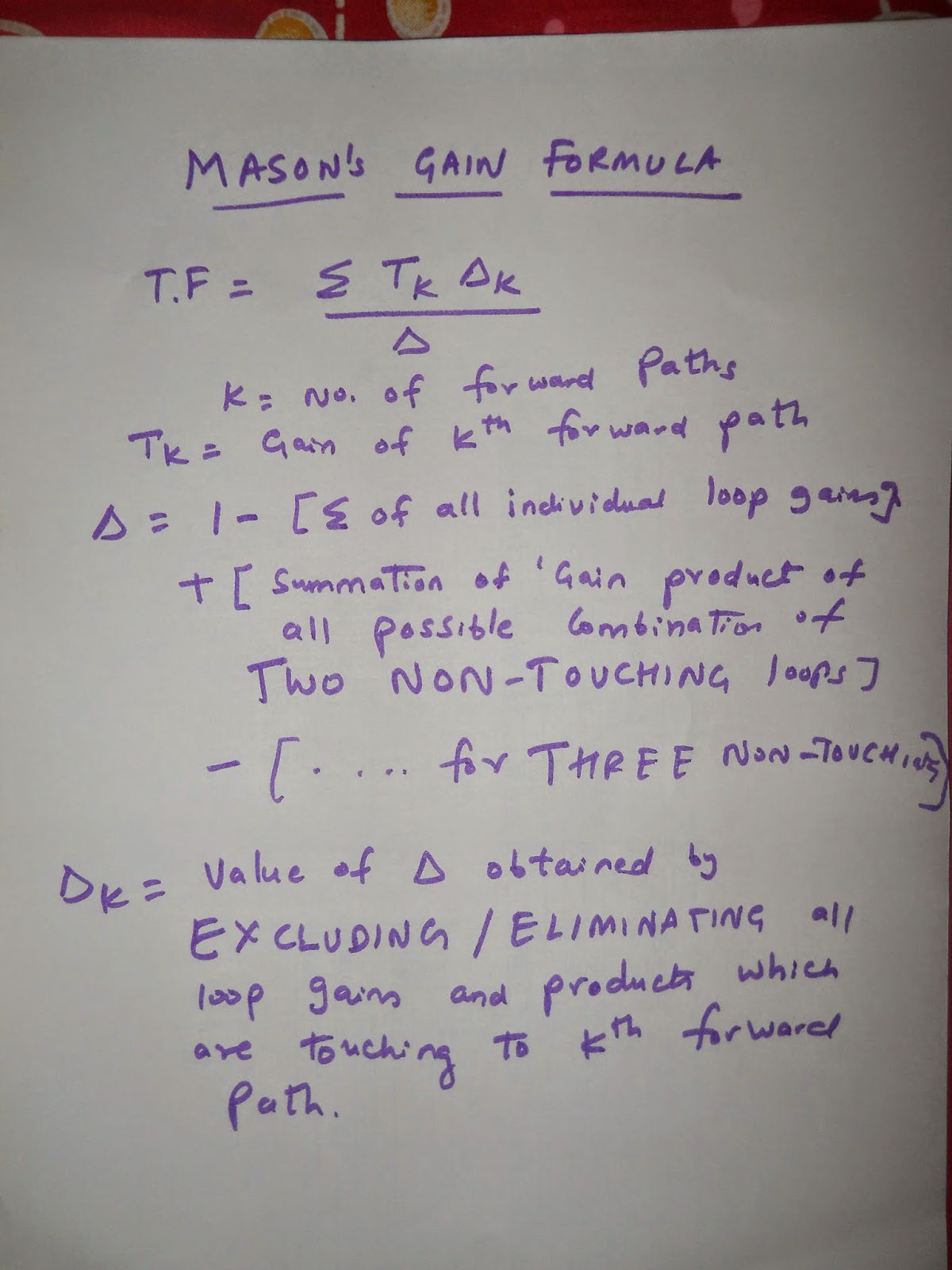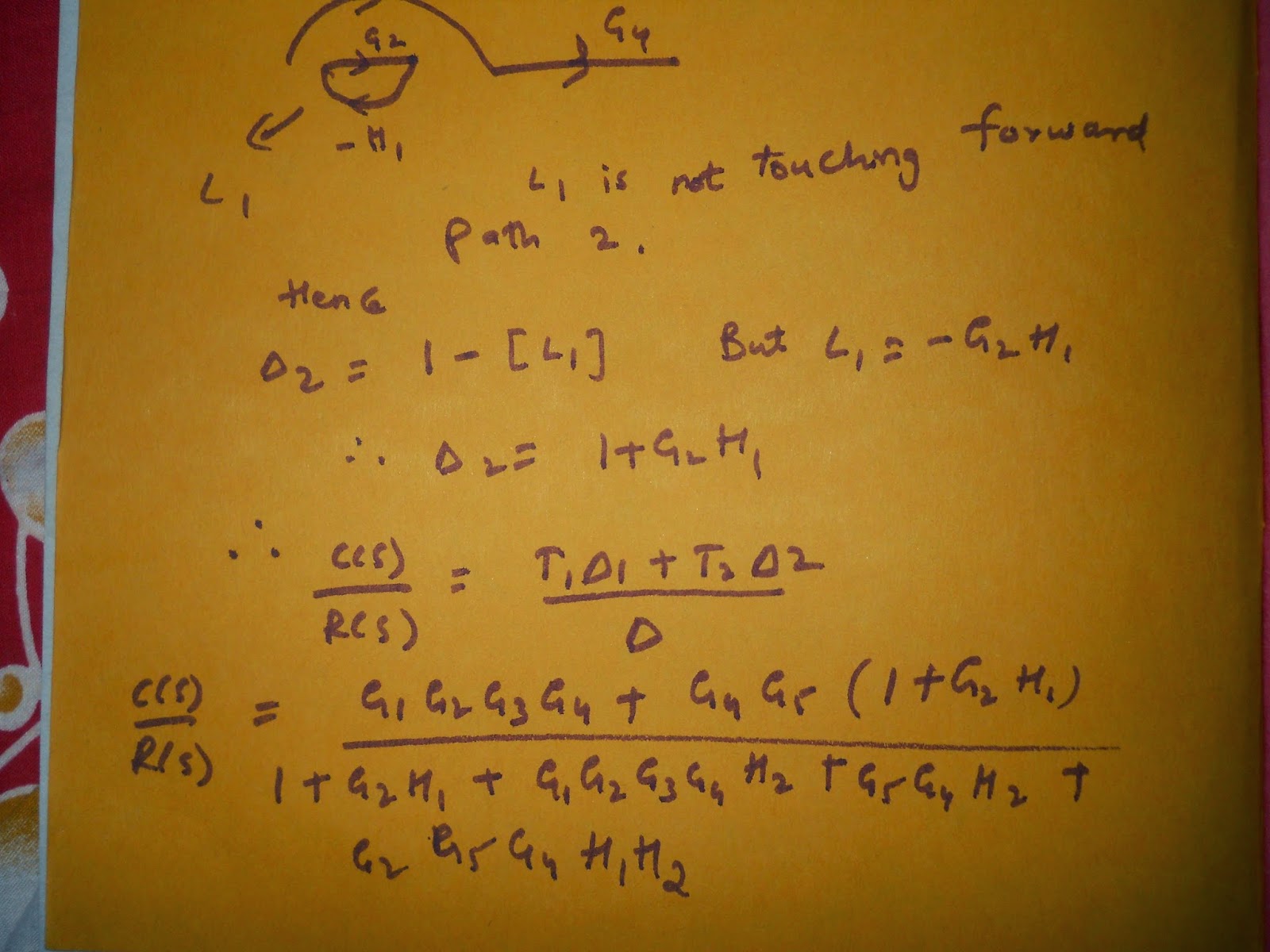1) To reduce Antenna height
The antenna height required to transmit a signal is proportional to operating wavelength. For efficient transmission, the minimum antenna height required should be lambda/4. So if we want to transmit a low frequency signal(f), we have v=f*lambda. lambda is inversely proportional to frequency, so low frequency means large wavelength(lambda)--> Antenna required will be very high. Modulation converts the given signal to high frequency signal.
2) To reduce noise
The effect of noise will be more at some frequencies and the effect will be less at some other frequencies. Modulation shifts the spectrum to other band of frequencies where noise effect will be less.
3) Conversion of bandlimited signal to narrowband signal
Modulation converts a bandlimited signal to a narrowband signal that has ratio between highest frequency to lowest frequency less, so that we can transmit a signal with single antenna which wouldn.'t be possible if the ratio was high.(Which is the case if modulation is not performed on the respective signal)
4) Multiplexing
More than one signal can be transmitted through the same communication channel. By modulation it is possible. We will see about it in detail in the coming posts.
\
















